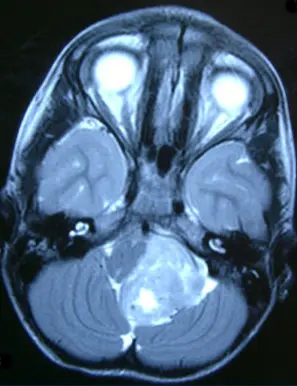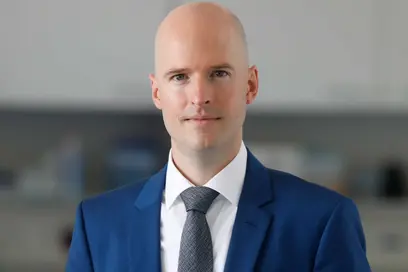Patients, clinicians and researchers celebrate this year´s Ependymoma Awareness Day on April 10, 2014, a year in which we have witnessed some major breakthroughs in ependymoma research that will hopefully lay the ground for novel treatment approaches in the near future.
At any age Ependymoma can arise in different compartments of the central nervous system (CNS) including the spine, the cerebellum, and the cortex. These tumors comprise a collection of biologically distinct entities that cannot be reliably distinguished by conventional pathology analysis. It is very likely that only when we account for these different biological entities in clinical trials we will be able to design appropriate treatments for all patients.
A few years ago, groups from both North America and Europe established a unique collaboration that has enabled scientific breakthroughs in this rare disease.This collaboration includes the sharing of tumor samples to analyze and discuss novel biological insights. The Cooperative Ependymoma Research Network (CERN) under the leadership of Dr. Mark Gilbert (MD Anderson Cancer Center, Houston, USA) as well as the Ependymoma Consensus Conference Series jointly organized by Dr. Michael Taylor (Hospital for Sick Children, Toronto, Canada), Richard Gilbertson (St. Jude Children´s Research Hospital, Memphis, USA), and Stefan Pfister (German Cancer Research Center and University Hospital, Heidelberg, Germany) are two prominent examples for such world-wide collaborative networks in ependymoma.
Using this infrastructure research groups on both sides of the Atlantic were recently able to report significant breakthroughs in our understanding of ependymomas occurring both in the cortex and in the cerebellum.
Richard Gilbertson and David Ellison at St. Jude´s Children´s Research Hospital were able to identify a highly recurrent fusion gene in the vast majority of cortical ependymomas. This discovery is leading to the development of new drugs that target this tumor-specific mutation and do not hurt healthy cells.
In cerebellar ependymoma, groups from Toronto (Michael Taylor), Houston (Ken Aldape) and Heidelberg (Andrey Korshunov, Hendrik Witt and Stefan Pfister) have identified two biologically very distinct disease variants, which typically occur in different ages, and are also associated with different outcome. Furthermore, the researchers could demonstrate that the subtype that appears to behave more aggressive seems to be driven by aberrations in the epigenetic code, information in cells that is transmitted to daughter cells outside of the DNA code. Similar as for cortical ependymomas, this again for the first time offers the possibility for the identification of drugs that directly target this “Achilles’ Heel" of aggressive ependymomas in the cerebellum.
In summary, patients, clinicians and researchers collectively fighting against Ependymoma have good reasons to hope for new therapeutic options in the near future. The Ependymoma Awareness Day intends to sensitize a larger public for the need of more attention for this rare, but still devastating disease.
The Federal Ministry of Science, Research and Arts of Baden Württemberg and the German Cancer Research Center Heidelberg strongly support this initiative.



